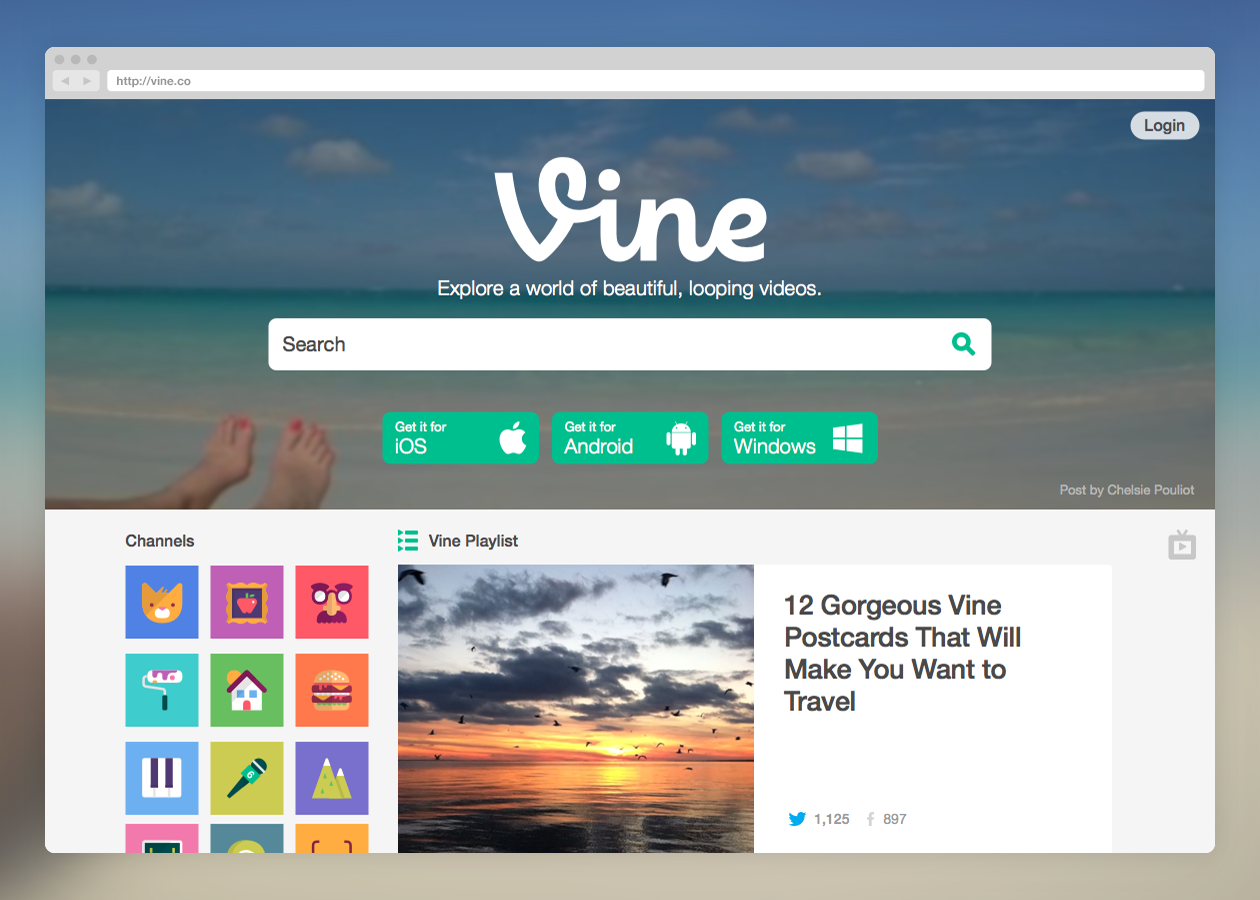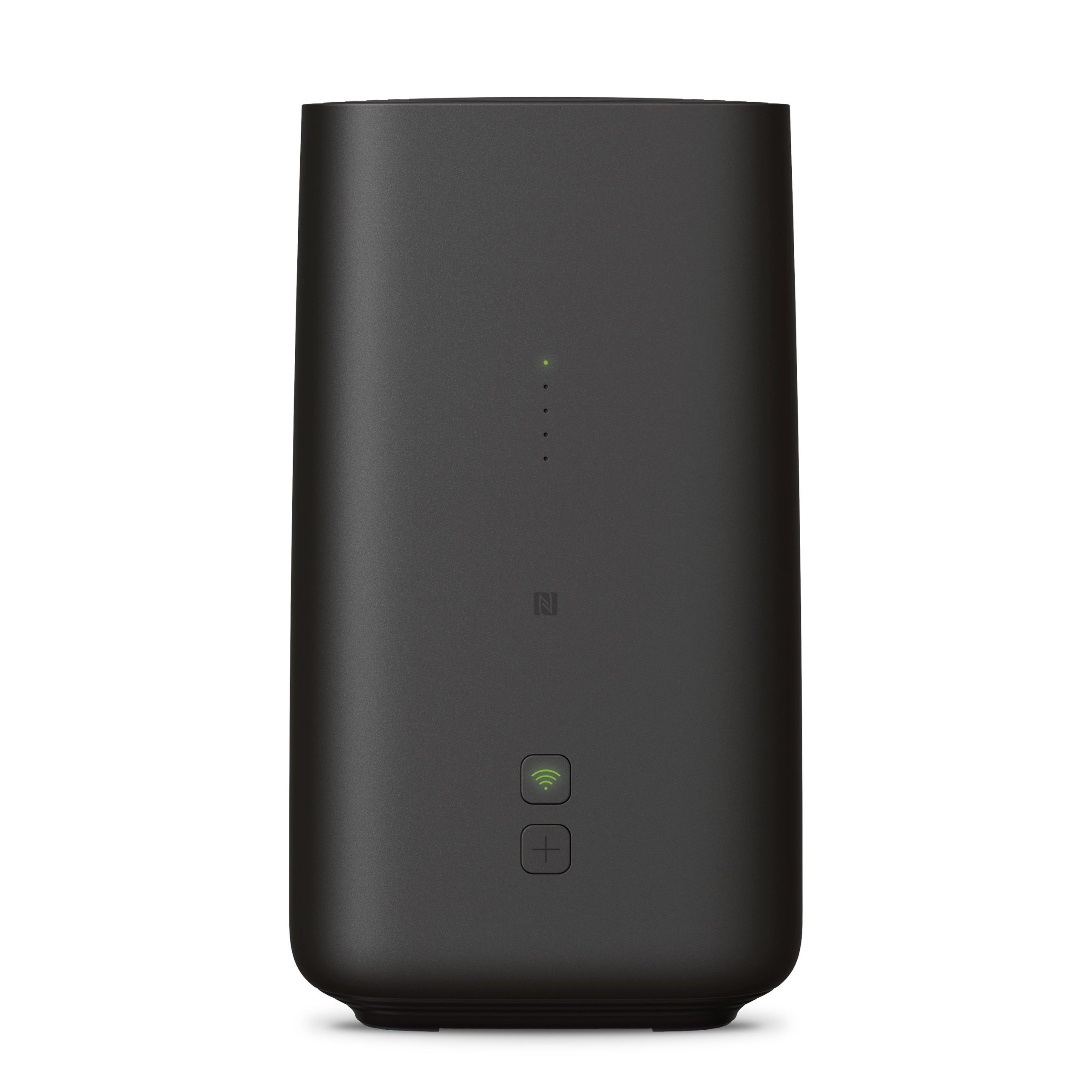Article
How to Make John Legend Your Google Assistant Voice | Tom’s Guide
Google Assistant launches first celebrity cameo with John Legend | CNet
How to make John Legend sing to you as your new Google Assistant voice | CNet
From the horse’s mouth
Hey Google, talk like a Legend {Blog Post)
My Comments
Google is trying out a product-differentiating idea of using celebrity voices as an optional voice that answers you when you use their Google Assistant.
This practice of using celebrity voices as part of consumer electronics and communications devices dates back to the era of telephone answering machines. Here, people could buy “phone funnies” or “ape tapes” which featured one-liners or funny messages typically recorded by famous voices such as some of radio’s and TV’s household names. It was replaced through the 90s with downloadable quotes that you can use for your computer’s audio prompts or, eventually, for your mobile phone’s ringtone.
Now Google has worked on the idea of creating what I would call a “voice font” which uses a particular voice to annunciate text provided in a text-to-speech context. This is equivalent to the use of a typeface to determine how printed text looks. It also encompasses the use of pre-recorded responses that are used for certain questions, typically underscoring the particular voice’s character.
The technology Google is using is called WaveNet which implements the neural-network and machine-learning concept to synthesise the various voices in a highly-accurate way. But to acquire the framework that describes a particular voice, the actor would have to record predefined scripts which bring out the nuances in their voices. It is part of an effort to provide a natural-sounding voice-driven user experience for applications where the speech output is varied programmatically such as voice-driven assistants or interactive voice response.
At the moment, this approach can only happen with actors who are alive and can come in to a studio. But I would see WaveNet and similar technologies eventually set up to work from extant recordings where the actor isn’t working to a special script used for capturing their voice’s attributes, including where the talent’s voice competes with other sounds like background music or sound effects . By working from these recordings, it could be about using the voices of evergreen talent that had passed on or using the voices that the talent used while performing in particular roles that underscored their fame. A good example of this application are the actors who performed in those classic British TV sitcoms of the 1970s or using Peter Sellers’, Spike Milligan’s, Harry Secombe’s and Michael Bentine’s voices as they sounded in the Goon Show radio comedy.
Google is presenting this in the form of a special-issue “voice font” representing John Legend, an actor and singer-songwriter who sung alongside the likes of Alicia Keys and Janet Jackson. Here, it is being used as a voice that one can implement on their Google Home, Android phone or other Google-Assistant device, responding to particular questions you ask of that assistant.
Amazon and others won’t take this lying down especially where the voice-driven assistant market is very competitive. As well, there will be the market pressure for third parties to implement this kind of technology in their voice-driven applications such as navigation systems in order to improve and customise the user experience.



